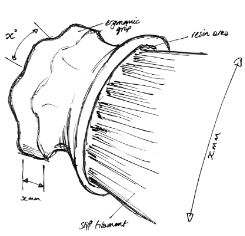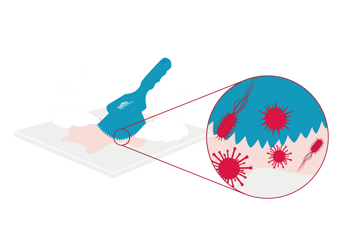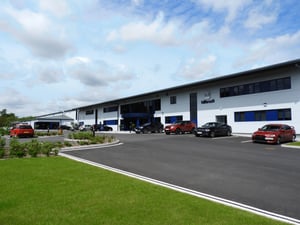We understand how challenging it is to ensure cleaning activities are supporting the maintenance of hygiene standards at all times and not falling into the trap of becoming “contamination tools”.
With this in mind, Hillbrush designed a specific range of hygienic brushes and cleaning tools using technology-led antimicrobial material. For more information about how these tools are optimised to work as an ally in your fight against the growth of microorganisms, download our white paper.



 Interested in learning more about Hillbrush, our history, manufacturing capabilities, and industries we serve? Download our corporate brochure
Interested in learning more about Hillbrush, our history, manufacturing capabilities, and industries we serve? Download our corporate brochure